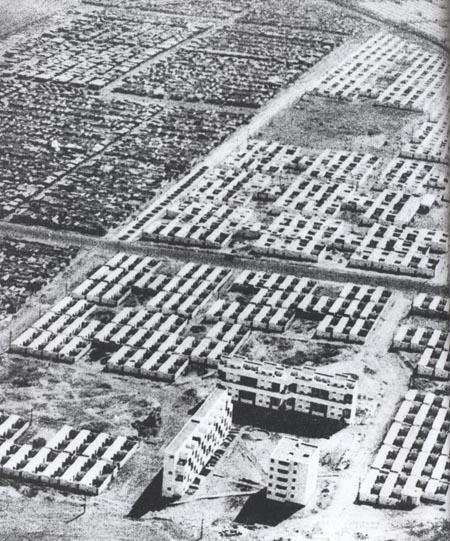Casablanca 2005

Professors: Prof. Roger Diener, Prof. Marcel Meili, Prof. Bart Lootsma,
Emanuel Christ, Simon Hartmann, Christina Holona
Exercise types: “P”
Locations: Group work in Basel and Casablanca
Start: Tuesday, 29 March 2004, 10am at Stadtkino, Klostergasse 5, 4051 Basel
With the Naples project of the winter semester, ETH Studio Basel inaugurated research on a series of international cities. The series was continued with Hong Kong and Paris. These investigations are based on the assumption that contemporary cities do not develop towards a common vanishing point, as somehow asserted by the current debate on the urban evolution: rather, they consolidate, transform, or adapt their specific traits. These processes are not only undertaken by consolidating their local specificity or historical tradition, but by developing new modalities of transformation and novel forms of differentiation in the wake of the contemporary internationally interconnected circumstances. Hence, through the processes of globalization, cities are thrown back on their own material configuration. This could be understood to imply that these developments do not only invest the exploding ‘global cities’: on the contrary, we are interested in the study of different urban conditions – whether they be peripheral, stagnating, traditional or without history, anonymous or famous – on the basis of the diverse transformation devices that underlie their specific situations. How are cities developing, changing, and adapting their bodies and their physical configurations when they are connected to the international energy flows? How are they reconfiguring their specific physiognomy?
Casablanca, the focus of this investigation, is a city that offers complex and rich answers to these questions. Because of its strategic situation on the Atlantic seaboard, Casablanca ? similar to Hong Kong ? is one of the oldest ‘Global Cities’. Since the beginning of the last century, first as part of the French protectorate and from 1956 on as Morocco’s economic center, the city has experienced explosive growth, from 25.000 inhabitants in 1907 to 3.7 (official) or even 5 million residents (unofficial) today. Still, Casablanca continues to attract about 300.000 Moroccans from the countryside each year.
The perceptive, analytical, and representational instances of this city will be the starting point and the central focus of our research, which will try to outline a ‘portrait of a contemporary city’ from its physical configuration. This will be different from a traditional general urban description and will focus on the specific traits and individual characteristics of Casablanca. This portrait will depict Casablanca’s contemporary adaptation, change, revision, renovation, and transformation processes, and reflect the physiognomy of a moment within an evolutionary trajectory.

